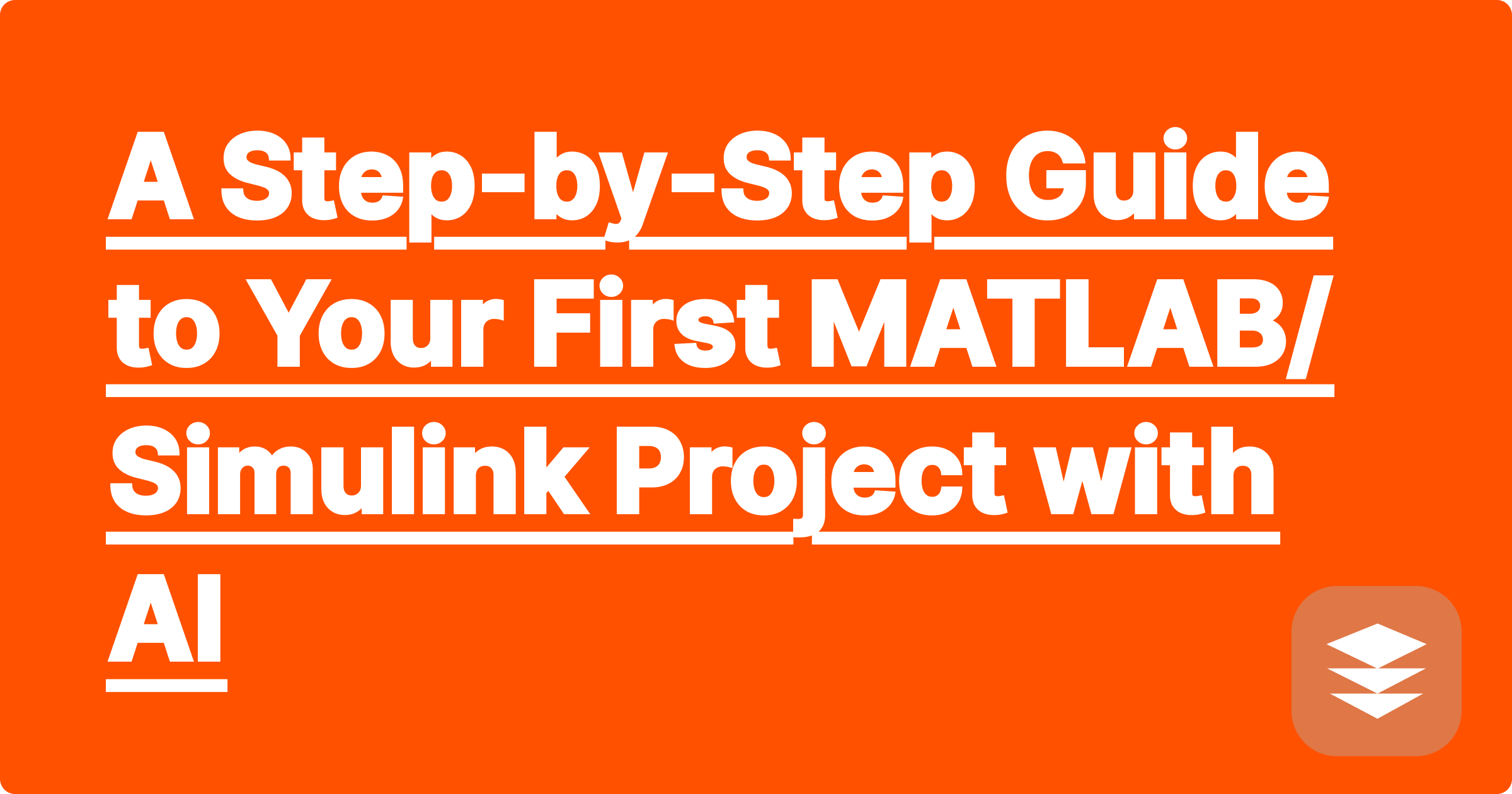
Welcome to the world of engineering computation. MATLAB and Simulink are not just programming languages; they are powerful environments for modeling, simulating, and analyzing the dynamic systems you learn about in your engineering courses. Your first project, whether it's plotting a function in MATLAB or building a simple control system in Simulink, can be intimidating. The syntax is new, the interface is complex, and it's easy to get lost.
What if you had a guide that could help you translate your theoretical knowledge into a working model or script? An AI assistant can be your personal Simulink project tutorial and provide instant MATLAB homework help. A tool like GPAI Solver can generate starter code, explain what each line does, and help you build a functional model from a simple description, bridging the gap between theory and execution.
Let's say your first assignment is to plot the function y = e^(-0.5x) * sin(10x) from x = 0 to x = 5.
Simulink is about visual modeling. An AI can help you plan your model before you even open the software.
Your Prompt: "I need to model a simple mass-spring-damper system in Simulink. The input is a force F(t) and the output is the position x(t). What are the key Simulink blocks I will need, and how should they be connected?"
GPAI Solver's Response:
This provides a clear roadmap, telling you which blocks to search for in the Simulink library and how to think about connecting them.
As you complete your assignments, use the GPAI Cheatsheet feature to build a personalized reference guide. This is more than just a notetaker; it's a way to build a library of solutions.
By the end of the semester, you'll have a visual, practical guide to all the key techniques you've learned.
Your goal in using MATLAB and Simulink is to understand and analyze engineering systems, not to become an expert in memorizing function names. By using an AI assistant to handle the initial coding and model planning, you can significantly speed up your workflow, reduce frustration, and focus your energy on interpreting the results and understanding the underlying engineering principles.
[Starting your first big simulation project? Get expert MATLAB homework help with GPAI Solver. Sign up now for 100 free credits and turn your ideas into working models.]
A Step-by-Step Guide to Your First MATLAB/Simulink Project with AI
How to Design and Analyze a Simple RLC Circuit with an AI Assistant
The Ultimate Cheatsheet for Your Thermodynamics Final Exam
From Free-Body Diagram to Solution: Solving Statics Problems with AI
How to Ace Your Signals and Systems Class with an AI Fourier Analyzer
Your Personal Assistant for Fluid Mechanics Homework
How to Create an Algorithm Analysis (Big O) Cheatsheet with AI
A Guide to Writing and Verifying Mathematical Proofs with AI
How to Build a Complete Study Guide for Your Operating Systems Course
Using an AI to Solve and Explain Probability Distribution Problems